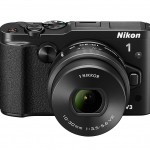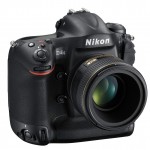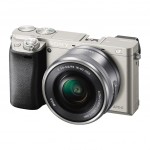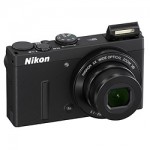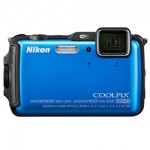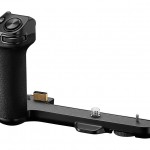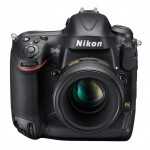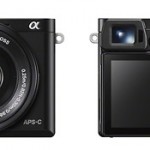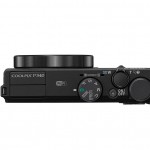Even though the IS technology is different, according to what you and CanonBob also has said, the results and uses seem similar between in-camera and in-lens IS. To put it in simple terms, I believe IS is a tool that is like adding three f-stops, or three shutter speed settings to hand-held conditions. It can get good shots hand held that without it are highly unlikely. But at higher shutter speeds, or when using a tripod, where IS is not really needed, it not only doesn't add anything, it detracts slightly. It's one of the many tools or features modern cameras contain, but it is designed and dedicated to specific applications. It's not the holy grail of good photography.
Having said that, a great deal of my photography is during low-light or fading light conditions, and most of it is hand held, so I sure wouldn't want to be without it.




 LinkBack URL
LinkBack URL About LinkBacks
About LinkBacks



 Reply With Quote
Reply With Quote
